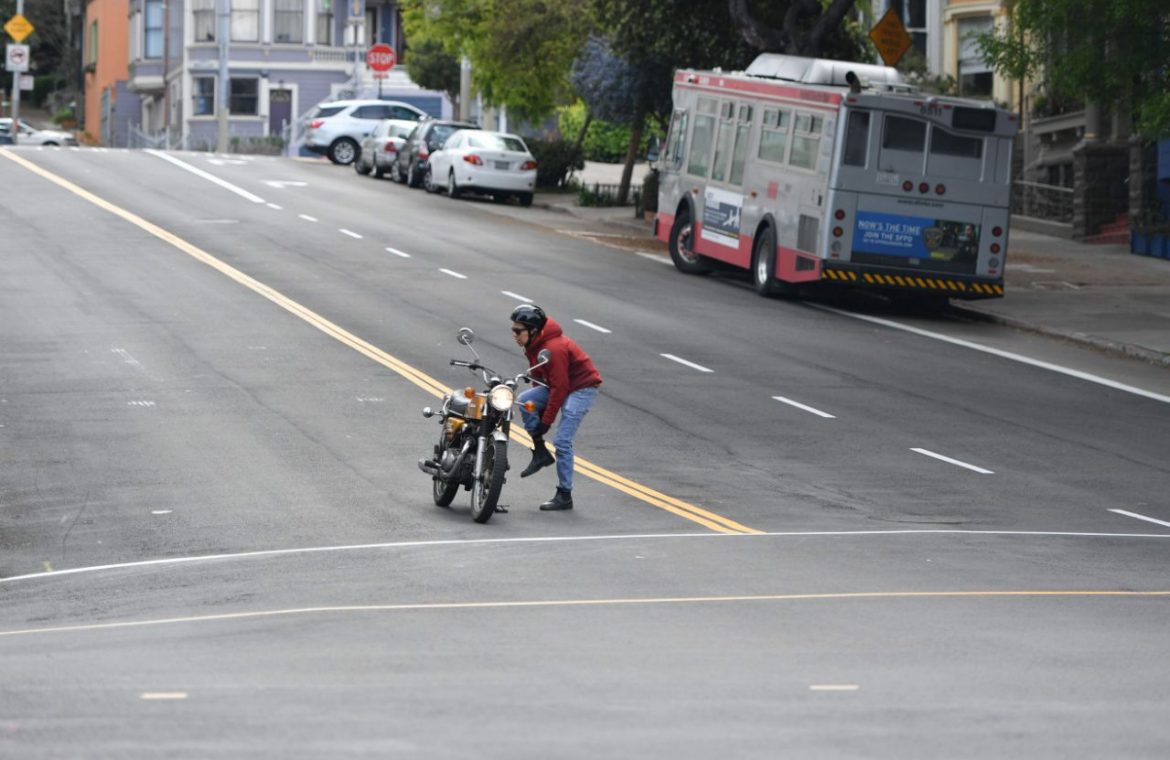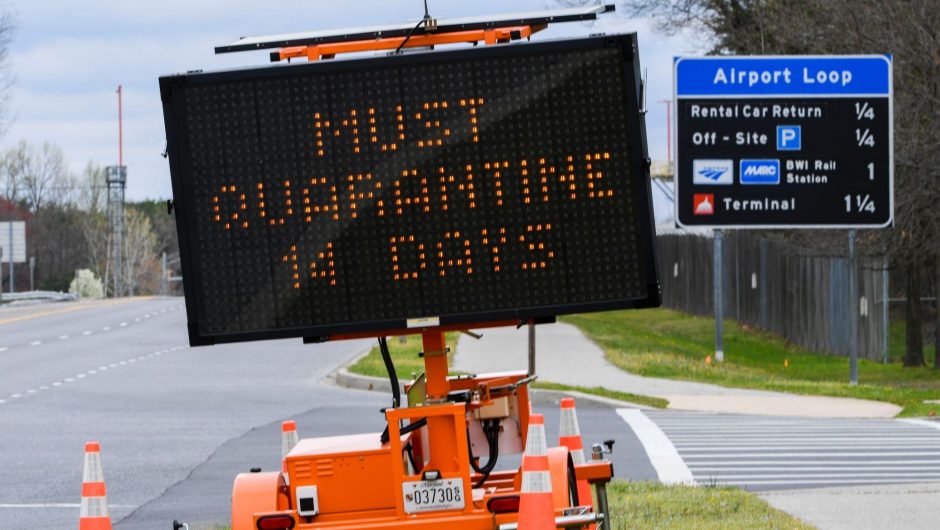SILICON VALLEY, Calif. — Sarah Rivas was barely making rent since she’d move to Sunnyvale, in Silicon Valley, California. When, three months into the pandemic, she woke up to an email from her school announcing a nearly 7% cut in teachers’ pay, she gave up a three-year battle.
“I moved into my parent’s house,” said Rivas, who’s been teaching her class of 12th graders from Sacramento, three hours from their high school. “Not what every 26 year old wants to do.”
Rivas makes just under the median household income in the United States and hasn’t lost her job due to pandemic closures. Yet her inability to financially survive the pandemic is the manifestation of a foundational fracture between California’s haves and have-nots. And for many middle-income workers, the pandemic marked the end of “barely making it.”
Home to 166 billionaires, who made over $235 billion since the beginning of the pandemic, the Golden State also has the highest poverty rate: 17.2% when adjusted for the cost of living, according to a recent Census Bureau analysis.
Even with a $66,129 salary, Rivas couldn’t make her more-than $2,000 monthly rent in the tech valley. According to 2017 data, the median household income in Sunnyvale is $134,234, and the median rent is $2,390.
“How can you be normal when that’s what it takes?” Rivas said. If Summit Denali Charter School reopens this year, Rivas will have to face a difficult choice: either quit her job or find a new place to live in Silicon Valley. “I’ll never be able to buy a home, I’m never going to be able to comfortably raise a family there.”
The disappearing middle class
She isn’t the only one struggling. Another teacher, at a Mill Valley high school, who did not want to me identified, described contemplating sex work to fill the gaps left by her roughly $65,000 salary. Others switched to gig or low wage work. Experts worry that, on top of increased distress for the poor, the state’s already-shrinking middle class is taking a hard hit too.
Story continues
Report for America: When COVID-19 forced schools to close, child hunger surged in West Virginia
“We kind of already had a hollowing of the middle class — that’s not going to help,” said Dr. Sylvia Allegretto, a labor economist and co-chair of the Center on Wage and Employment Dynamics at the University of California, Berkeley. “This is going to be harmful for families, you’re going to see more food insecurity, then evictions play out.”
In the Bay Area, what used to be the packed parking lot of the San Francisco Giants is now a makeshift drive-thru food pantry. Collective food fridges popped up in front of Oakland houses so the hungry could eat.
A motorcyclist adjusts his pants from the middle of an empty street in the Haight Ashbury area of San Francisco, California on Tuesday. Millions of San Francisco area residents were ordered on Monday to stay home to slow the spread of the deadly coronavirus as part of a lockdown effort covering a section of California including Silicon Valley.
One-in-four Californians received unemployment from March through July, and the state’s unemployment rate for the state in August was still three points higher than above the rest of the country as a whole, at 11.4%, according to the state Employment Development Department.
Some found new work, but job growth has been slow and many have had to settle for the lower-paying jobs available on the market, often without career prospects.
Rivas learned in September — months after she’d moved out — that the school would reinstate teacher’s pay, but she isn’t sure whether she’ll be able to find new housing. Rents haven’t gone down, she says, and she might become one more California worker unable to afford to live where they work, no matter how much she loves her job or how good she is at it.
The new idea economy
“I think one of the key things to recognize is that economic value is increasingly based on information and knowledge — not labor,” said Chris Benner, a longtime professor of sociology at the University of California, Santa Cruz. So, hard work and long hours are not rewarded as generously as ideas and information, and in the Bay Area, people’s ideas are often worth a lot, in the form of investments, wealth, and net worth. But our system taxes income, not net worth, Benner points out, leading to increased wealth disparity.
“It doesn’t serve to redistribute wealth, it serves to raise government revenue,” adds University of Santa Clara School of Law professor of tax law Patricia Cain. As a result, economic growth doesn’t translate into social inclusion.
The wealth gap is powered by two principal forces, Cain said: growing concentration of wealth, and government spending on social safety nets.
In the Bay Area, the one-time federal check of $1,200 plus additional $500 per child barely made up one month’s rent for many. Thanks to the latest federal Lost Wages Assistance Program, workers who lost work due to the pandemic can now apply to receive an extra $300 (the previous program provided $600), although applicants must already be receiving $100 or more from regular unemployment.
Report for America: Coronavirus threatens people living in shelters. Here’s how an agency rushed to save them.
Other governmental emergency programs, like the Pandemic Electronics Benefit Transfer and the one-time stimulus check, have already expired or are about to. And the moratoria still protecting renters is only in place for a few more months. Between March and July, the median weekly amount Californians received in unemployment was $339 — the equivalent of less than $20,000 a year. For many, that might not be enough to stay housed.
“It’s a lot of suffering and not a lot of coverage,” said Michael Katz, a regional coordinator for East Bay Works, a state-funded provider of workforce programs.
To many, the streets of the Bay Area are renowned for the enduring homelessness crisis as much as for the renowned tech giants of Silicon Valley. In-between, California’s middle class isn’t done shrinking; teachers, artists, waiters and gig workers are awaiting their fate, often one government program away from having to take a minimum-wage job — or lose their homes.
“I love my job, I love these kids, but this is stressful. This is hurtful,” Rivas said.
Laurence Du Sault covers income inequality for The Mercury News and CalMatters. This article is part of The California Divide, a collaboration among newsrooms examining income inequity and economic survival in California. It is also part of a series called “On the Ground” with Report for America, an initiative of The GroundTruth Project. Follow her on Twitter: @laurencedsault
You can read diverse opinions from our Board of Contributors and other writers on the Opinion front page, on Twitter @usatodayopinion and in our daily Opinion newsletter. To respond to a column, submit a comment to letters@usatoday.com.
This article originally appeared on USA TODAY: In California, COVID-19 pandemic marked the end of ‘barely making it’








